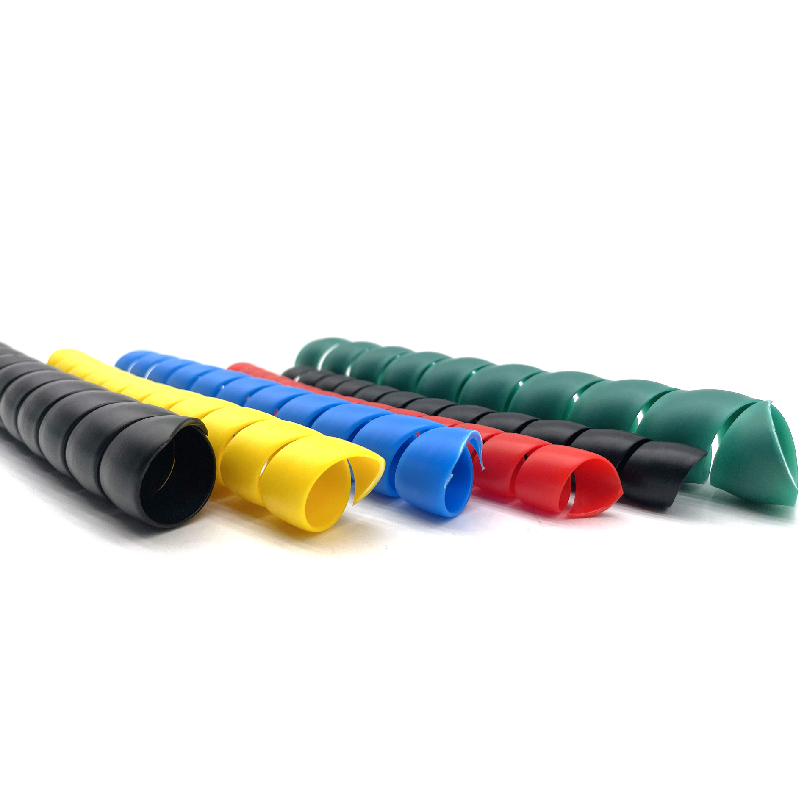duct pipe connector
The Importance of Duct Pipe Connectors in HVAC Systems
In modern buildings, maintaining a comfortable indoor environment is paramount, and this is where Heating, Ventilation, and Air Conditioning (HVAC) systems play a crucial role. A critical component within these systems is the duct pipe connector. These connectors, often overlooked, serve an integral function in the overall efficiency and reliability of HVAC installations.
Understanding Duct Pipe Connectors
Duct pipe connectors, as the name suggests, are fittings that join different sections of ductwork together. They are available in a variety of shapes and sizes, designed to accommodate different duct configurations and material types. Common materials used for duct connectors include galvanized steel, aluminum, and flexible plastics. The choice of material often depends on factors such as the specific application, the environment in which the duct system operates, and the required airflow specifications.
Types of Duct Pipe Connectors
There are several types of duct pipe connectors, each tailored for specific needs
1. Elbows Used to change the direction of airflow, elbows allow ducts to navigate around obstacles. They come in varying degrees, such as 90-degree and 45-degree bends, to facilitate smooth transitions.
2. Tees Perfect for branching ductwork, tees enable the division of airflow into different areas. They are essential for reaching multiple rooms from a single duct run.
3. Reducers These connectors transition between different duct sizes, allowing builders to optimize airflow and energy efficiency. Properly used reducers can prevent air pressure loss.
4. Adapters When connecting ducts of dissimilar materials or configurations, adapters ensure a tight seal and facilitate a seamless connection.
5. End Caps Used to terminate ductwork, end caps help maintain the integrity of the system by preventing dust and debris from entering unused sections of duct.
The Role of Duct Pipe Connectors in HVAC Efficiency
duct pipe connector

The efficiency of an HVAC system directly affects both energy consumption and indoor air quality. Poorly connected ducts can lead to leaks, resulting in air loss and increased energy costs. Duct pipe connectors result in a more airtight and efficient operation when properly installed. A sealed system minimizes the amount of conditioned air escaping into unoccupied spaces, thus optimizing both cooling and heating performance.
Moreover, the design and installation of duct connectors can significantly influence the system's airflow. For example, sharp bends and abrupt transitions can create turbulence, which restricts airflow. High-quality connectors designed with smooth internal surfaces and gradual turns facilitate better airflow and reduce the workload on HVAC equipment.
Installation Considerations
While duct pipe connectors are essential for a well-functioning HVAC system, their installation requires careful planning and execution. Here are some key considerations
1. Size and Fit It is crucial that connectors match the size of the ducts they are joining. A proper fit ensures that there are no gaps that could lead to air leaks.
2. Sealants Using the right sealants is vital. Mastic sealant or metal tape can provide an airtight seal. Avoid using plastic tape, as it may degrade over time and allow air leakage.
3. Support and Alignment Proper support of ductwork is essential to prevent sagging, which can affect the connections. Connectors should be securely fastened to maintain alignment and stability.
4. Regular Maintenance To ensure optimal performance, regular inspections of duct connectors for wear or damage are recommended.
Innovations and Advancements
With advancements in technology, the design and manufacturing of duct pipe connectors have evolved. New materials, such as advanced composites, offer increased durability and resistance to environmental factors. Moreover, innovations such as pre-insulated duct connections help enhance energy efficiency and reduce condensation issues in HVAC systems.
Conclusion
Duct pipe connectors may seem like minor components in the grand scheme of HVAC infrastructure, but their importance cannot be overstated. Ensuring high-quality connections leads to optimal system efficiency, energy savings, and improved indoor air quality. Investing in the right duct pipe connectors and ensuring their proper installation can enhance the overall performance of HVAC systems, leading to more comfortable and healthier living and working environments. Considering their significant impact, it is paramount for builders, HVAC technicians, and property owners to pay attention to these connectors and prioritize their quality and installation in any HVAC project.
-
Ultimate Spiral Protection for Hoses & CablesNewsJun.26,2025
-
The Ultimate Quick-Connect Solutions for Every NeedNewsJun.26,2025
-
SAE J1401 Brake Hose: Reliable Choice for Safe BrakingNewsJun.26,2025
-
Reliable J2064 A/C Hoses for Real-World Cooling NeedsNewsJun.26,2025
-
Heavy-Duty Sewer Jetting Hoses Built to LastNewsJun.26,2025
-
Fix Power Steering Tube Leaks Fast – Durable & Affordable SolutionNewsJun.26,2025

